The road back for the revered Basque artists sculpture park has been long but, in a way, fitting for a man who accepted the impact of time on his work
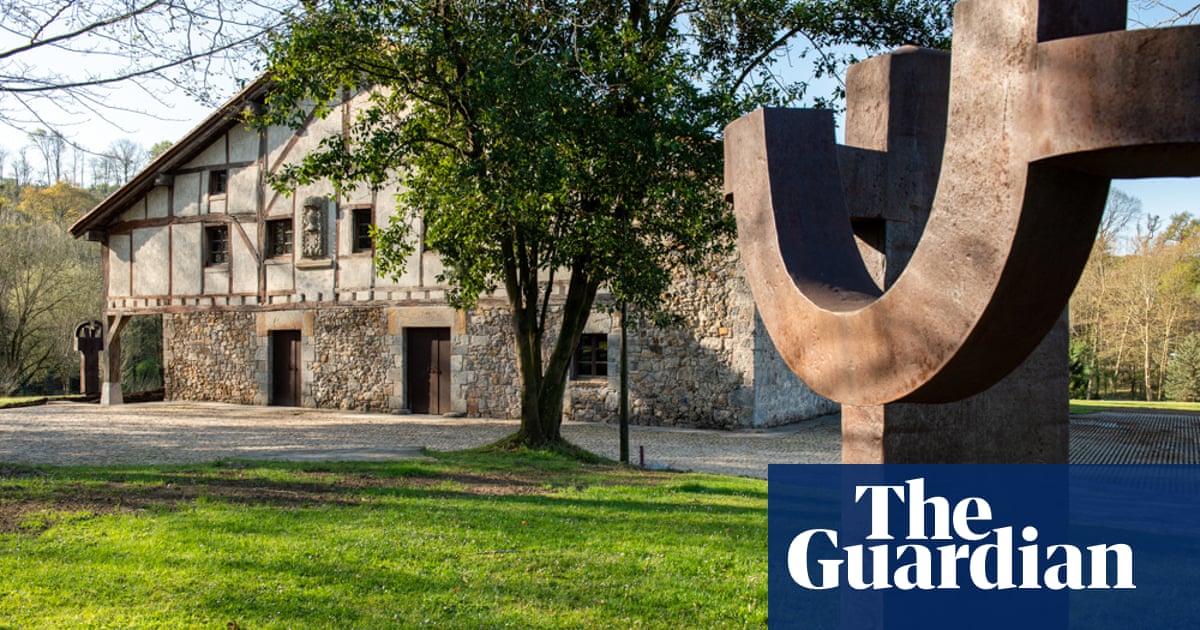
An eight-metre monolithic sculpture of reddish steel stands before me in the middle of a hilly field. Solid and grounded, the structures 22 tons contrast with the upward-reaching movement of its lines. As it soars towards the sky, the whole thing speaks of time and space in epic proportions.

I am in Hernani, a small town on the outskirts of San Sebastin, admiring an artwork by the late Basque sculptor Eduardo Chillida, an artist revered in this part of Spain much like Gaud is in Barcelona. The piece, Buscando La Luz (Looking for the Light, 1997), sits among 42 others like it, in a leafy open-air sculpture park.
When the artist bought this land with his wife, Pilar Belzunce, in the early 1980s, he fulfilled his long-held dream of finding a permanent, natural environment for his works. It eventually opened as Chillida Leku, a museum that would allow the public to wander among his sculptures as they would trees in a forest. But Chillida died in 2002, and by 2011 his family found they could no longer afford to keep the museum open.
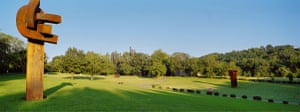
It was the hardest moment of my life, his son Luis tells me, as we look across the undulating 11-hectare (27-acre) site. After that point, visits could only be made via private appointment with the family; an unsustainable model that did no justice to what the artist had envisaged for the place. I refused to accept that all the effort and dedication of my parents would be for nothing. There had to be a solution, says Luis.
A further eight years on and with the backing of the international contemporary art gallery Hauser & Wirth a reincarnated Chillida Leku opens to the public on 17 April.
Although only a 15-minute drive from the city centre, Chillida Leku (place in Basque) is silent and secluded. At the top of the hill is the casero, a 16th-century Basque farmhouse (known as Zabalaga country house) built from stone and timber. Inside it, a retrospective on the artist entitled Ecos (Echoes) has been curated by another of his sons, Ignacio, after which a rotating programme of exhibitions will follow.
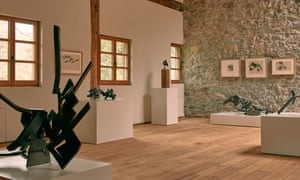
I meet the museums director, Mireia Massagu, at its restaurant-cafe (serving a range of pintxos, from pork brochettes to cheese eclairs), which along with many other elements on the site has been designed by Paris-based architect Luis Laplace. Massagu says one of her most important strategies has been to improve ways to access and experience the space. She has introduced smartphone-scannable QR codes to enable visitors to learn more about the sculptures as they encounter them, and buses from the city centre (departing every half hour) now stop at the entrance of the museum. Massagu is also in talks with local authorities to improve pedestrian and bicycle access.
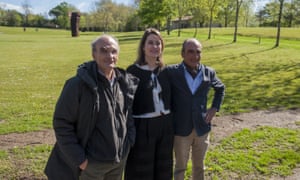
Chillidas love affair with Hernani began in 1951, when he moved here to learn to work with iron, a material entrenched in the Basque craft tradition. Here he developed his profound respect for raw materials, always recognising their inalterable natural will. His sculptures suggest that it is by patiently accepting the gradual impacts of time the rusting effect of air, the erosion of stone, the flow of water that one might find something timeless. And it is this kind of patience that the artists eight children and 27 grandchildren have had to show while waiting for the reopening.
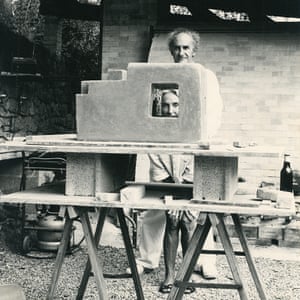
In acquiring this land, Chillida found a home not just for his sculptures but for himself. It remains his home in more ways than one: both he and Pilar are buried on the grounds. As the title of the exhibition suggests, his message of timelessness echoes across the terrain.
My father thought of himself as a tree, says Luis. Roots firmly in one place, with branches spread out to the world. And the artists sculptures can indeed be found across the globe, from Berlin and Helsinki to Dallas and Doha. But in the end, all roads lead back here, to Chillida Leku.
Adult 12, 9-18s 6, under 9s free, closed Tuesday except on public holidays, museochillidaleku.com
FIVE MORE: SAN SEBASTIN ART ATTRACTIONS
San Telmo Museum
This museum is the place to learn about Basque history, culture and identity. Its permanent collection spans prehistoric civilisation to the modern day, presenting artefacts that tell the story of the land and its people. Part of the building is a former 16th-century convent, while the other part was built in 2011 by Spanish architect Nieto Sobejano.
6 general entry, free on Tuesdays, santelmomuseoa.eus
Tabakalera
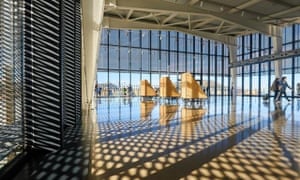
This former tobacco factory opened as a contemporary arts centre in 2015, housing a gallery space, cinema, restaurants, shops and workspaces. An exhibition by San Sebastin-born performance artist Esther Ferrer runs until 26 May. Also on site is one of two spaces in town owned by the Kutxa art foundation, which is currently exhibiting three Dutch contemporary photographers.
Free, tabakalera.eu
Cibrin gallery
Those with an eye for the art market might visit Cibrin, a new arrival on San Sebastins small-but-flourishing commercial gallery scene. Gallerist Gregorio Cibrin has previously promoted a general range of arts and antiques but decided to relaunch last November exclusively as a contemporary art dealer. Other commercial galleries in town include Arteko and Ekain.
Free, cibriangallery.com
El Peine del Viento
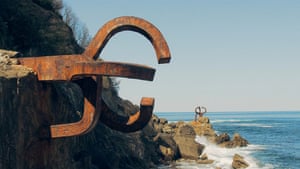
With this free public monument at the western tip of La Concha beach, Chillida truly made his imprint on San Sebastin. Three 11-ton steel sculptures are built into rocks jutting out of the coastline, with waves crashing against them on windy days. The work epitomises Chillidas belief in natures ability to connect everyone and everything and, fittingly, a stream of water is said to flow from this part of the coast all the way inland to Chillida Leku.
Cristbal Balenciaga Museum, Getaria
A half-hour drive along the coast, and also served by bus, this museum is a must for fashion lovers. Founded in 2011 in Balenciagas hometown, it houses one of the worlds biggest collections of items related to the designer, including clothing, accessories and work documents.
Adult 10, 10-18s 7, under 10s free, cristobalbalenciagamuseoa.com
Looking for a holiday with a difference? Browse Guardian Holidays to see a range of fantastic trips


Recent Comments